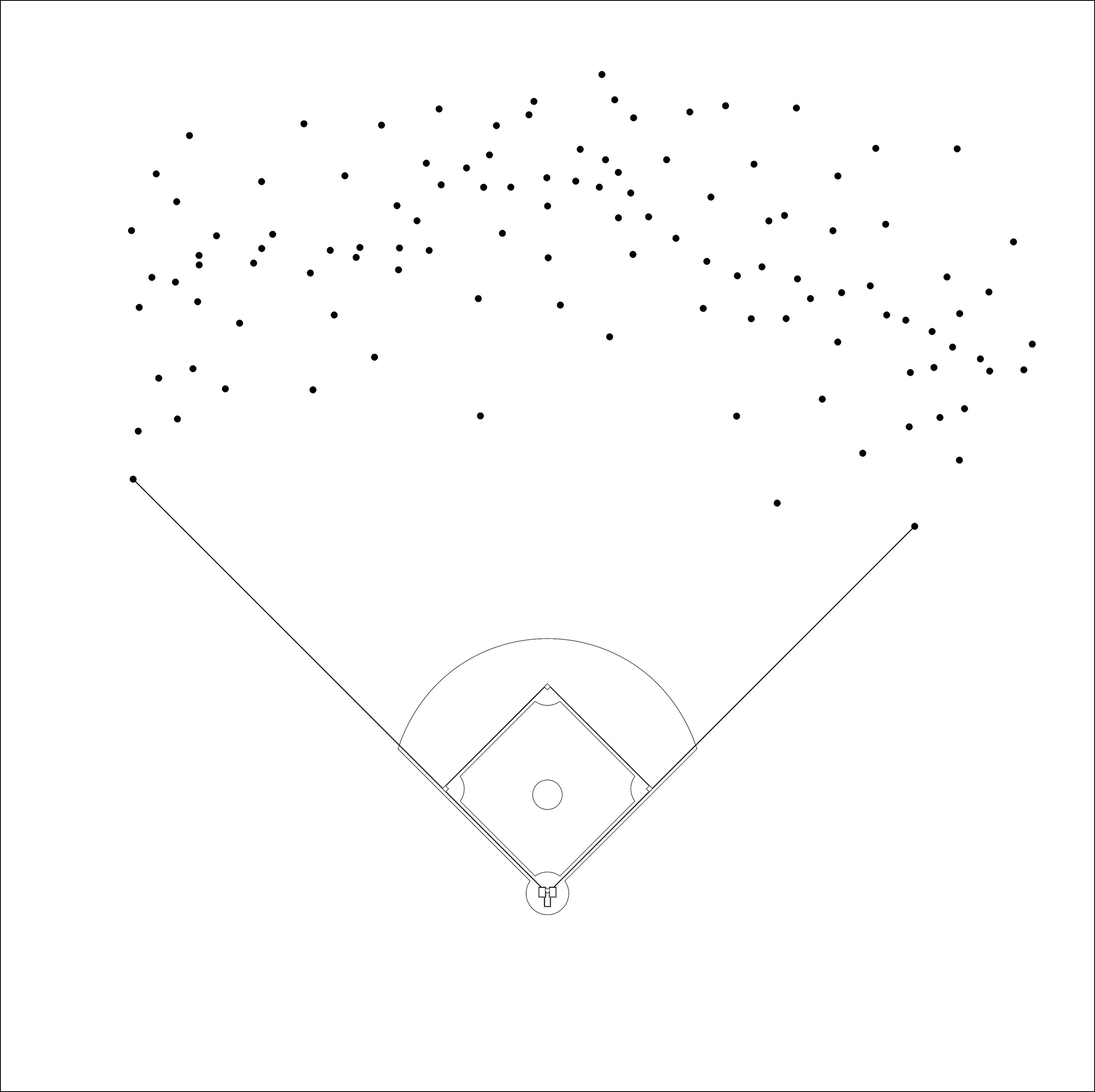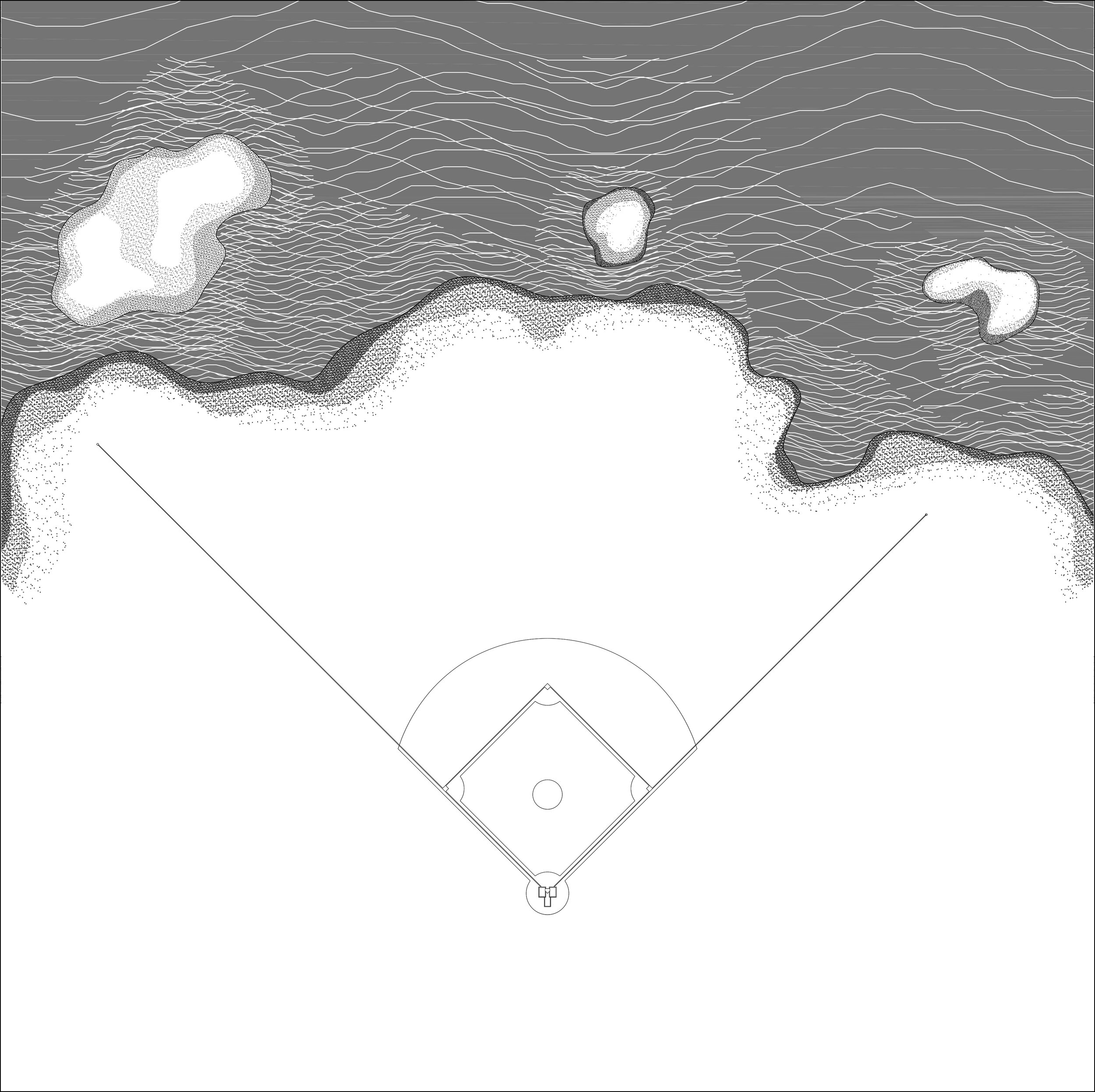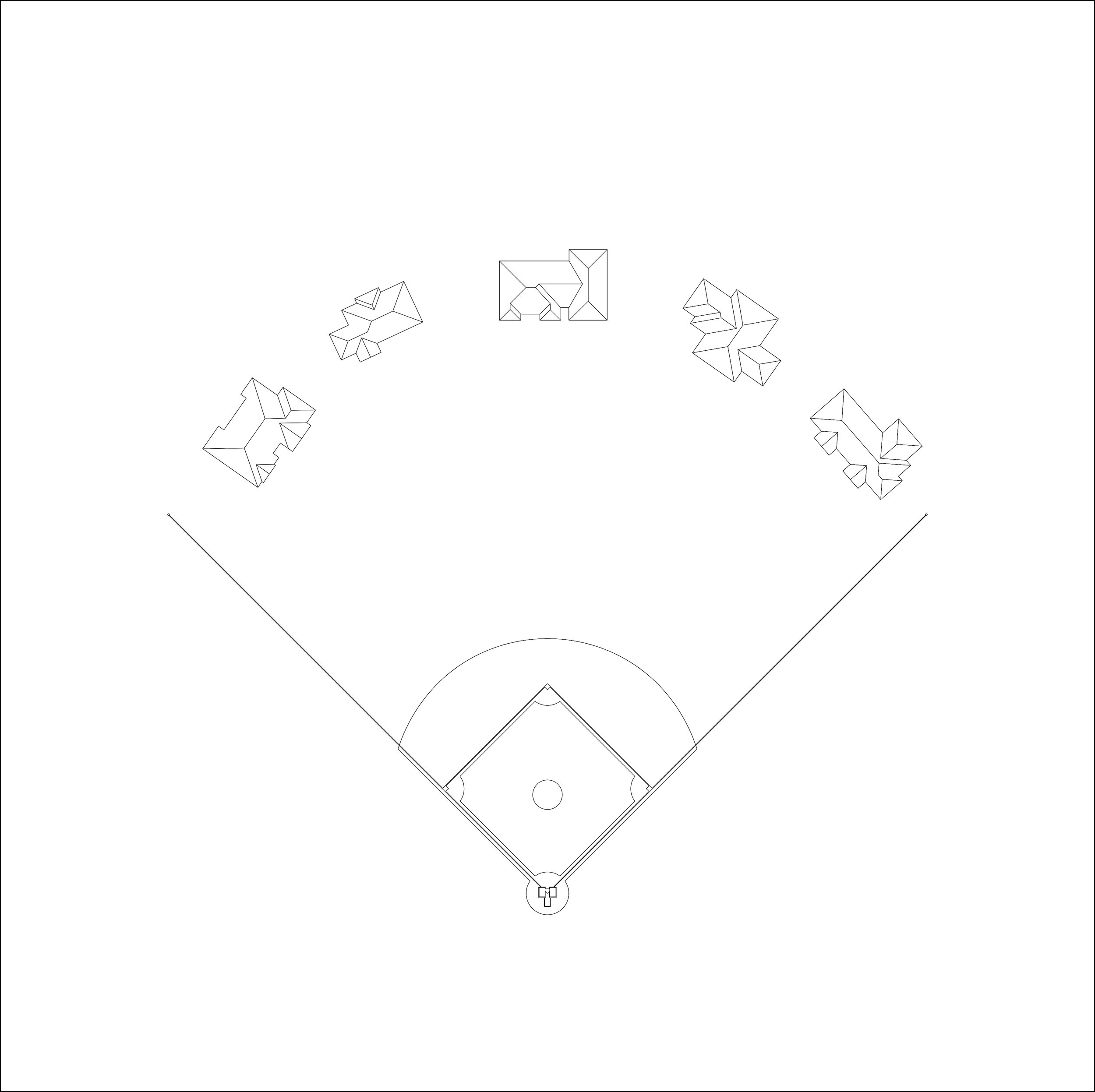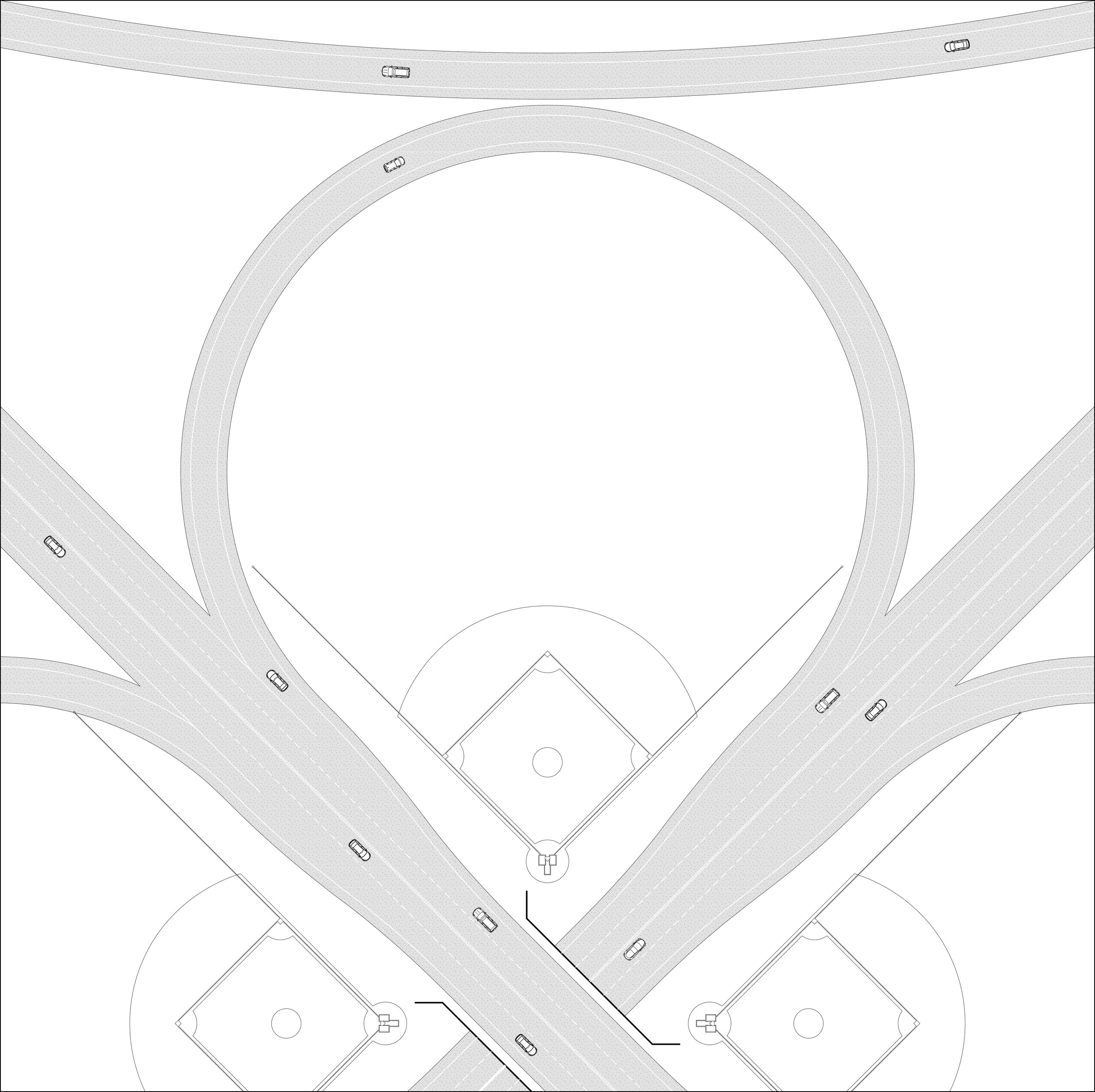GROUND RULES
In Baseball, the rules which regulate the infield space are highly specific yet the outfield relies only on minimum dimensions. Inspired by Yankee Stadium’s short porch, Fenway’s ‘Green Monster’ and the Astros’ Tal’s Hill, this series of redesigned fields explores similarly unique but viable architectures for the sport. In 2019 Major League Baseball implemented a new set of rules aimed at (among other things) making the game more engaging to counter shorter attention spans. These fields are intended to highlight architecture, rather than rule, as an opportunity to change the game.
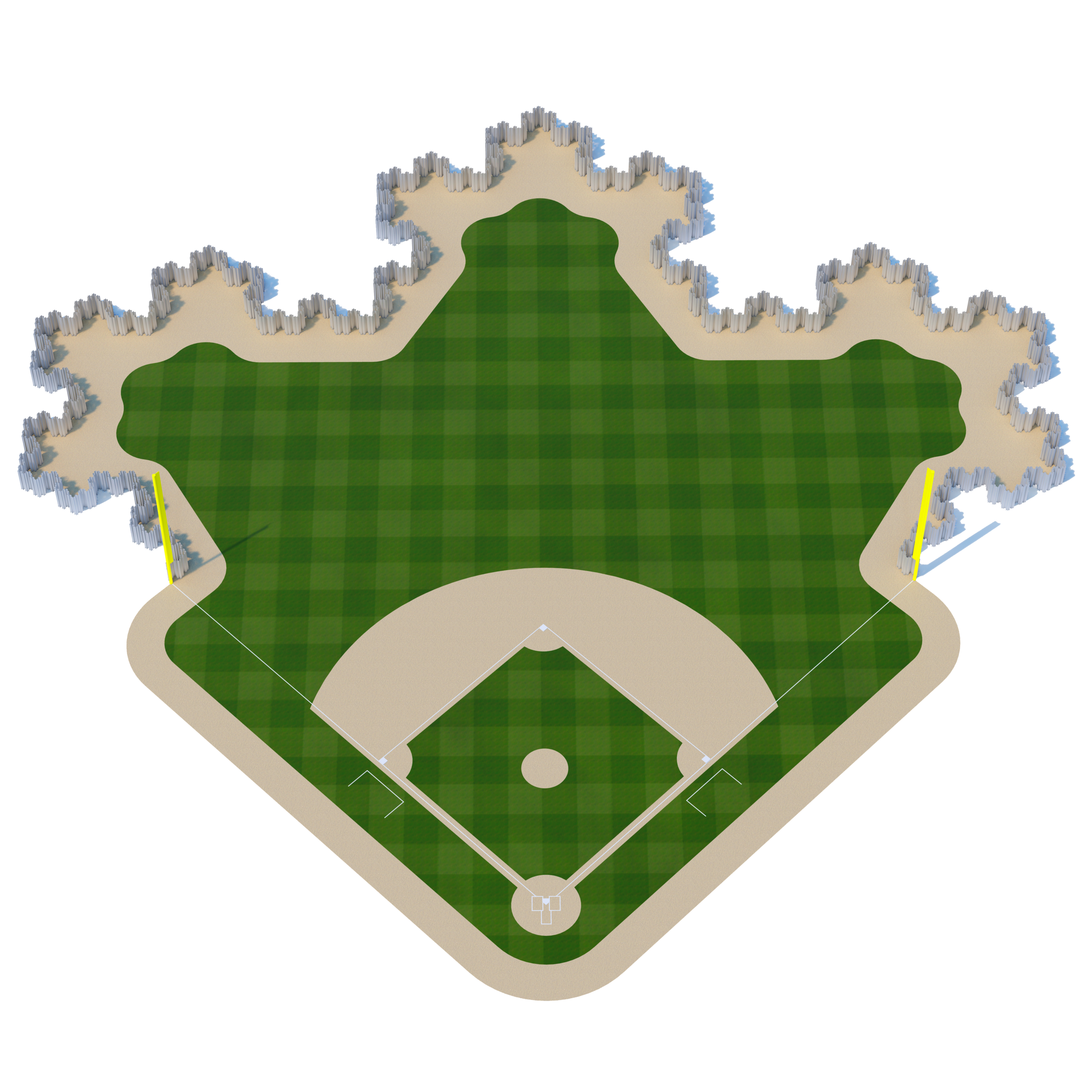
An outfield fence defined by mathematical equation, creating pockets and unpredictable bounces.
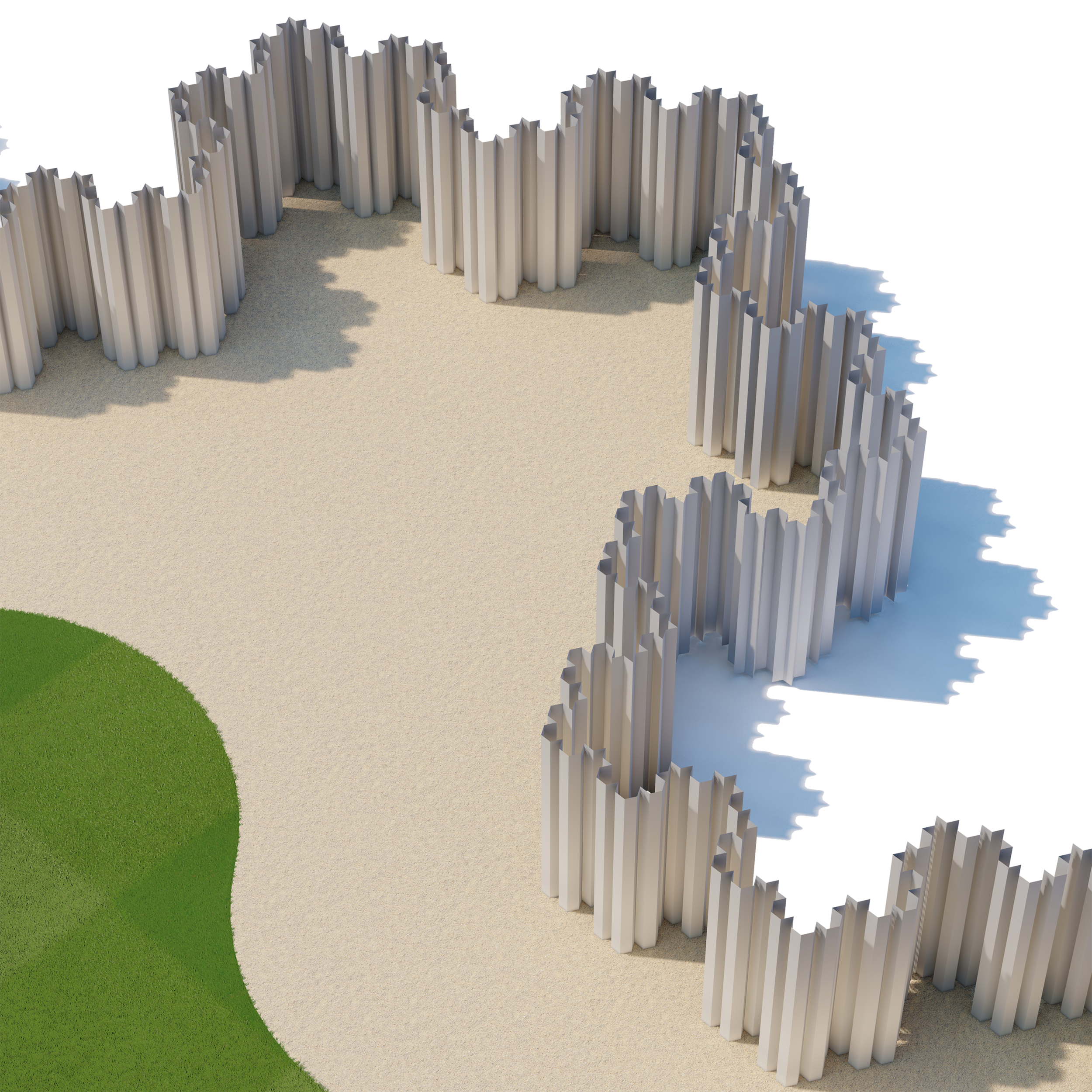
An outfield fence defined by mathematical equation, creating pockets and unpredictable bounces.
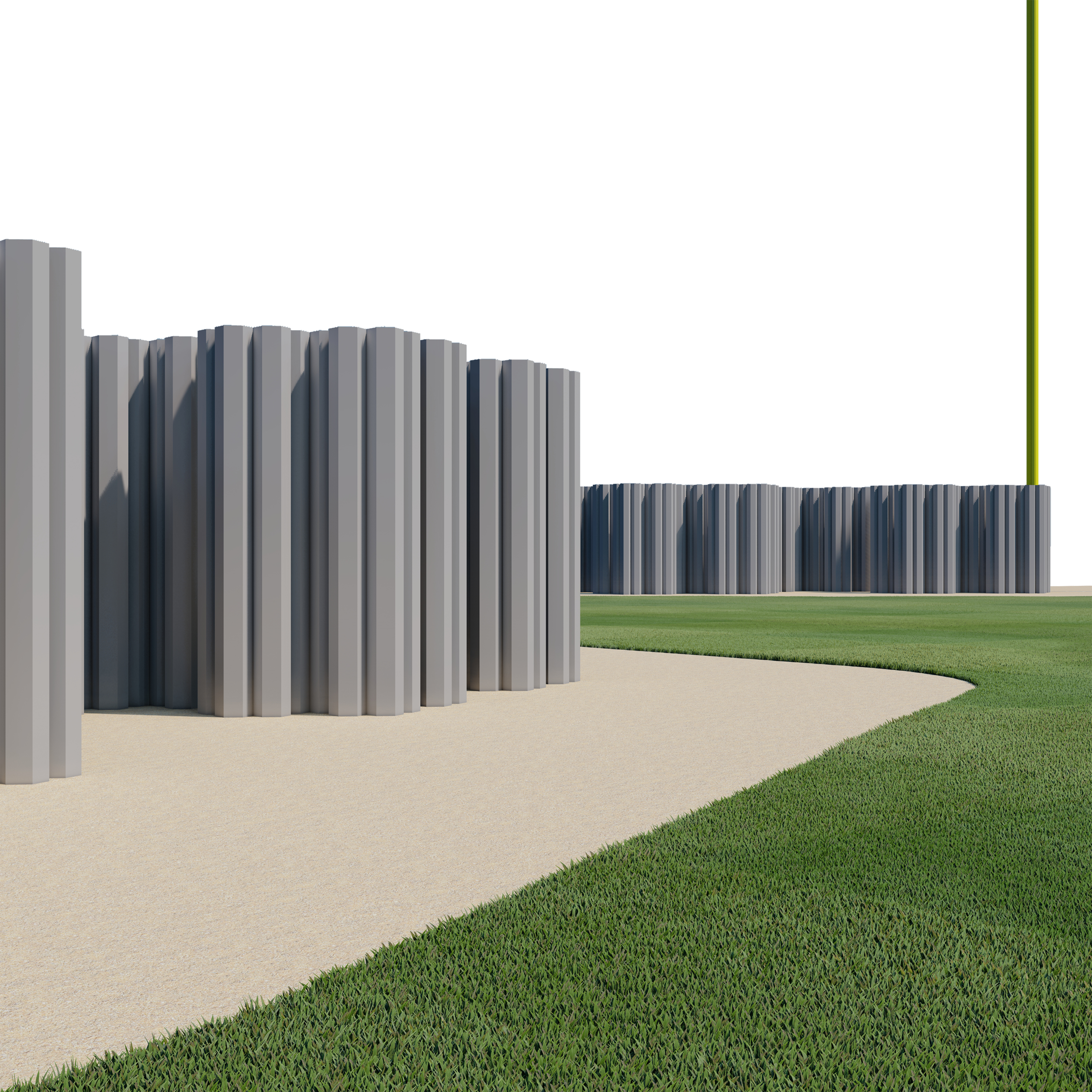
An outfield fence defined by mathematical equation, creating pockets and unpredictable bounces.
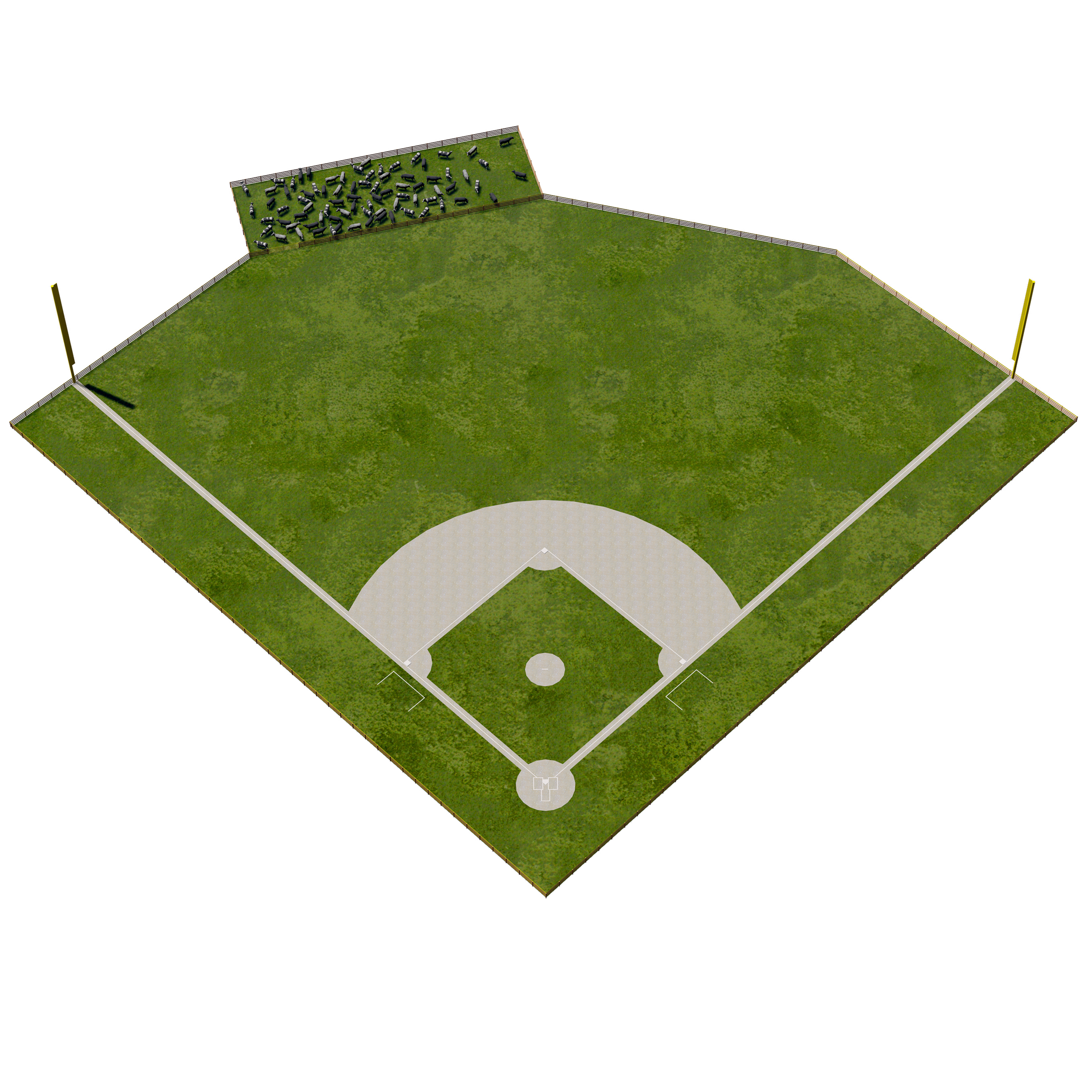
The baseball playing field as a site of ecological mutualism between humans and cows. The space of the pasture/baseball field conditions both cow and human bodies while also offering nutrition for cows and grounds maintenance for the humans.
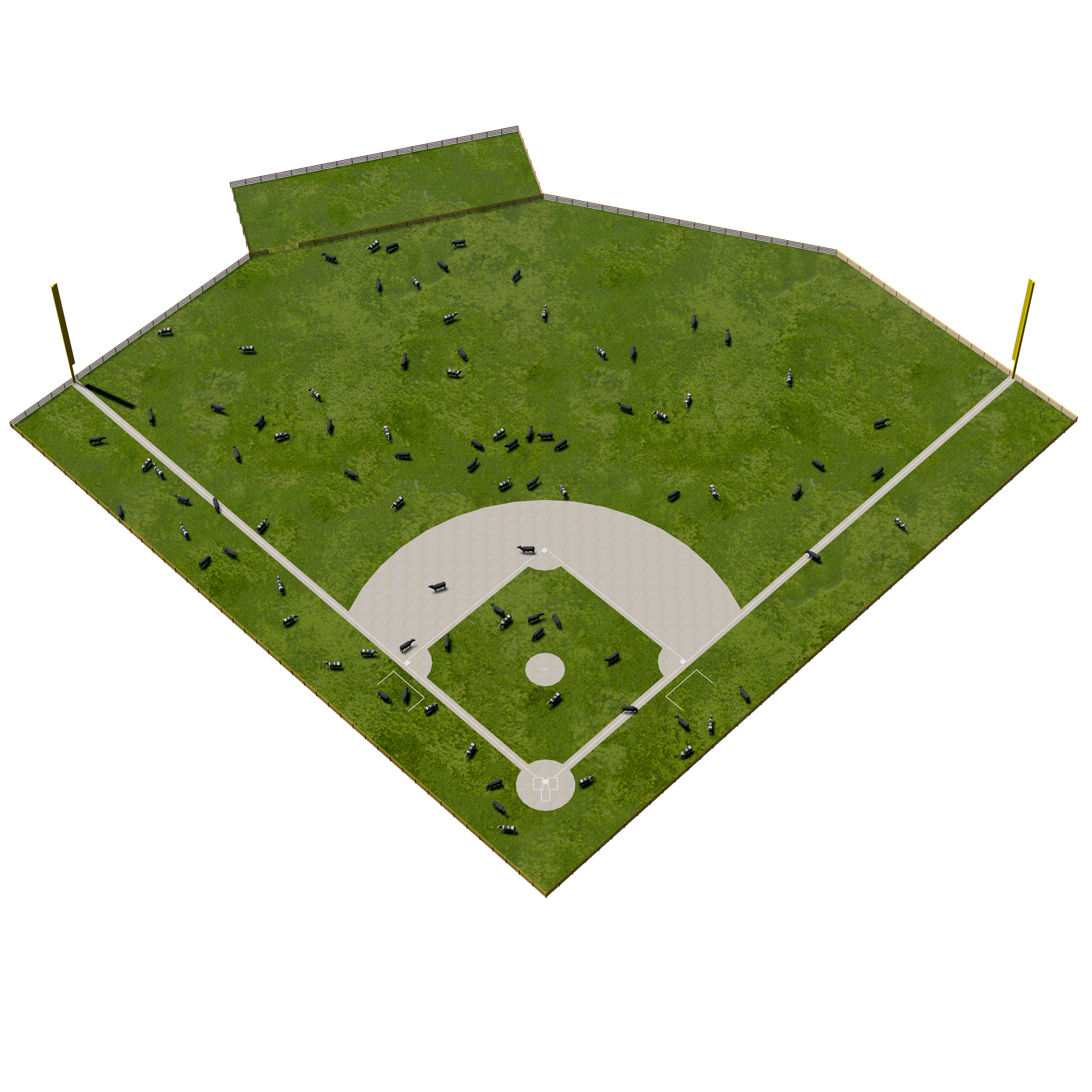
The baseball playing field as a site of ecological mutualism between humans and cows. The space of the pasture/baseball field conditions both cow and human bodies while also offering nutrition for cows and grounds maintenance for the humans.
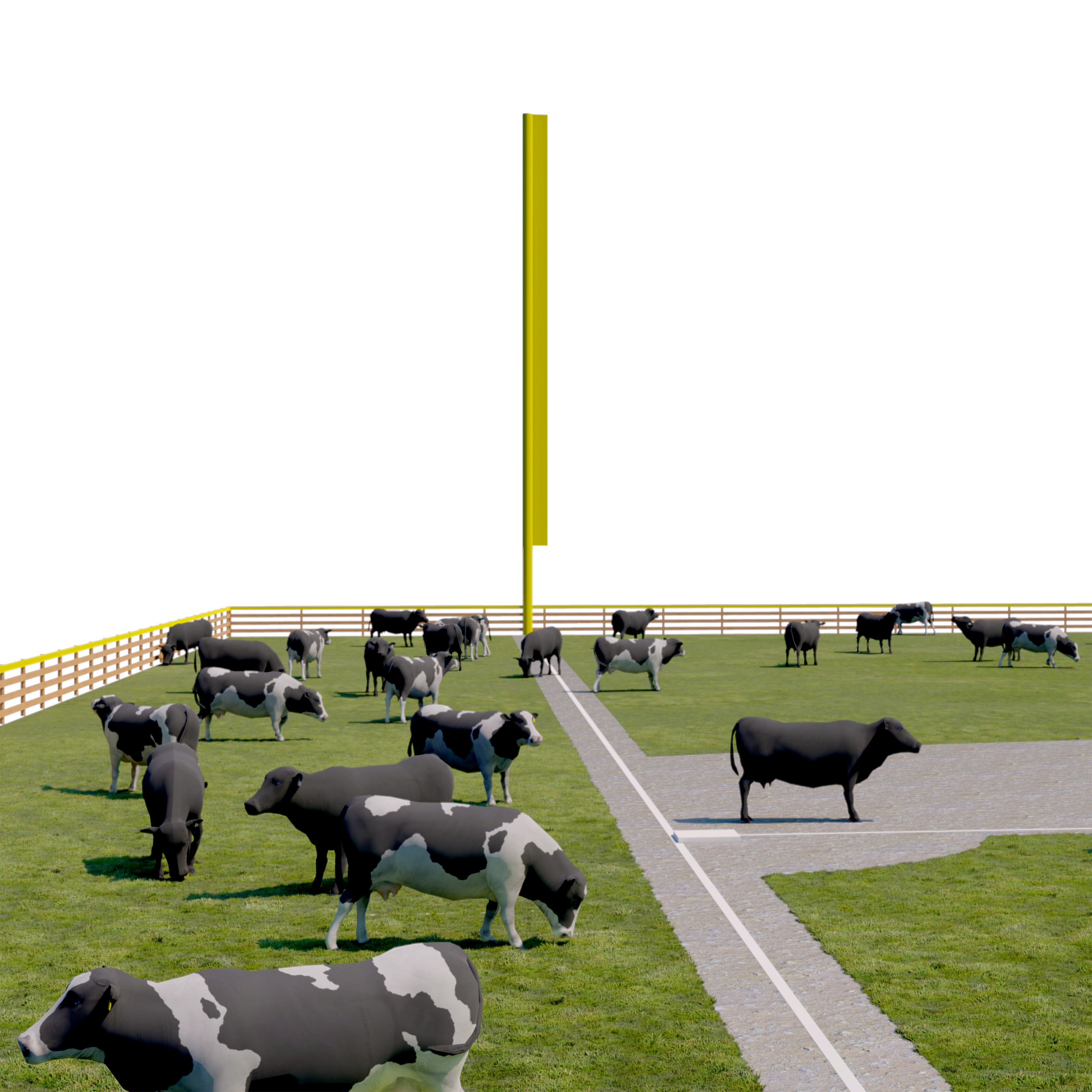
The baseball playing field as a site of ecological mutualism between humans and cows. The space of the pasture/baseball field conditions both cow and human bodies while also offering nutrition for cows and grounds maintenance for the humans.
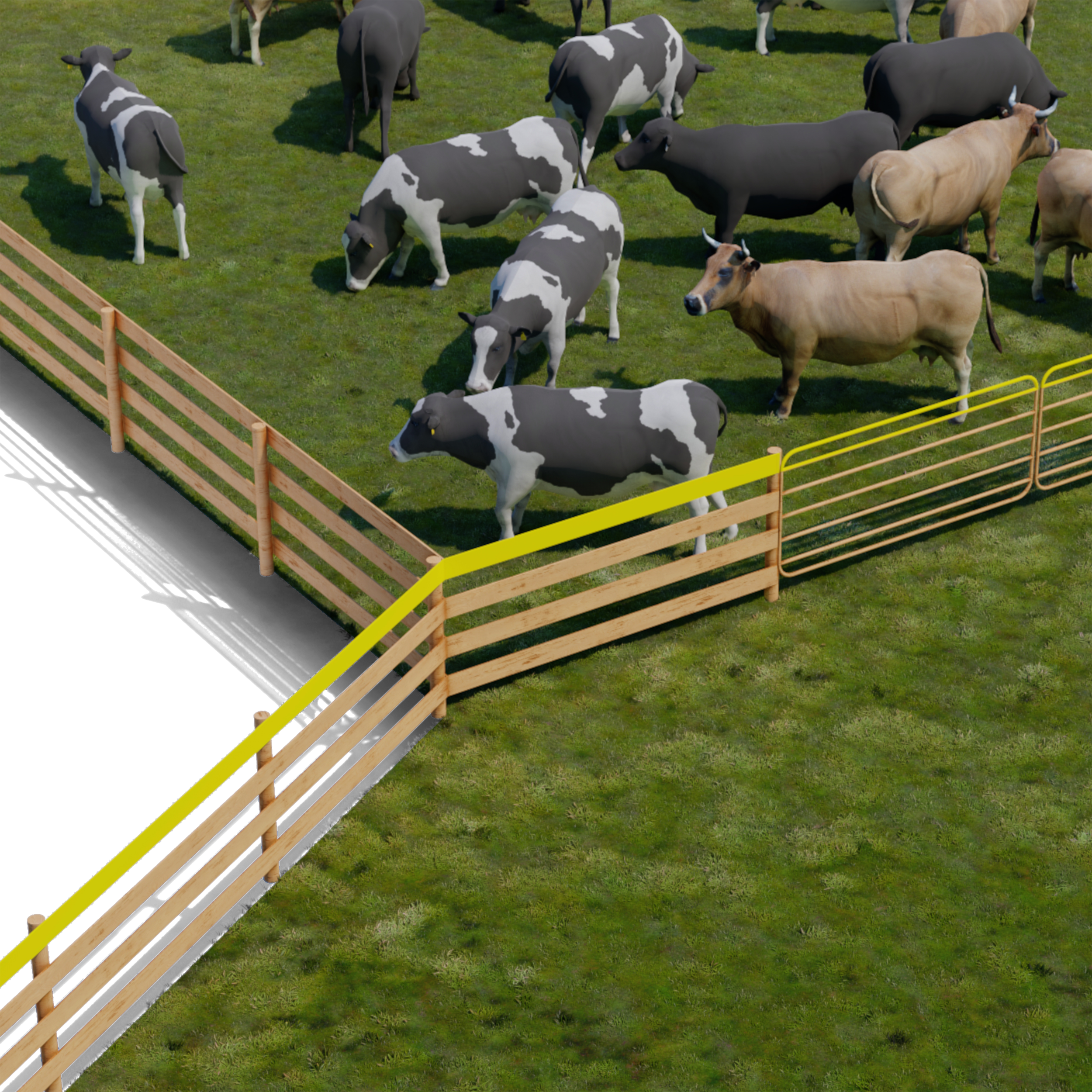
The baseball playing field as a site of ecological mutualism between humans and cows. The space of the pasture/baseball field conditions both cow and human bodies while also offering nutrition for cows and grounds maintenance for the humans.
